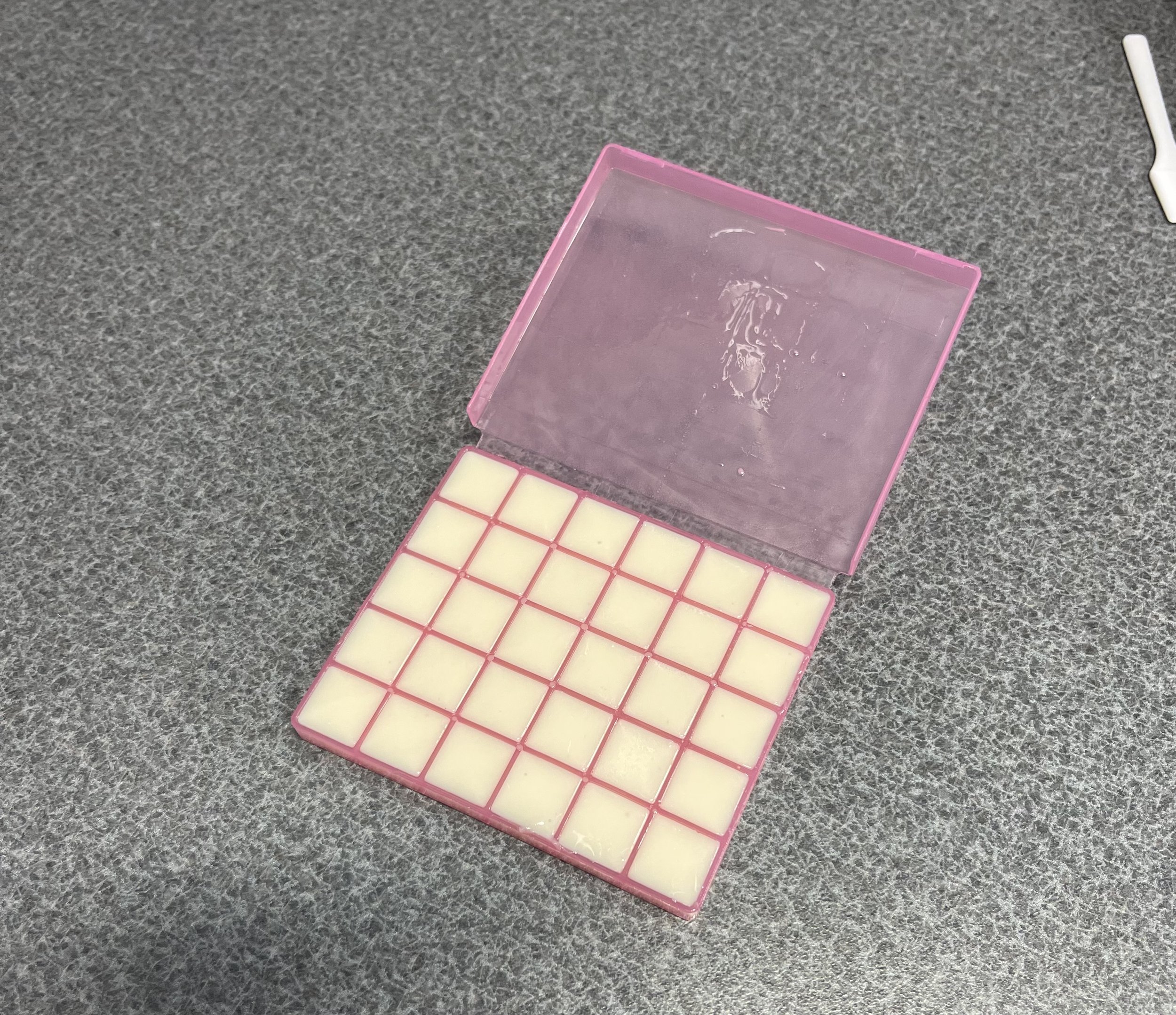ODT/RDT vs. Troche: Maximizing Oral Drug Absorption
In the world of pharmaceuticals, the quest for effective drug delivery methods is a never-ending endeavor. When it comes to oral administration, two innovative approaches have gained attention for their ability to enhance drug absorption: Orally Disintegrating Tablets (ODTs) or more generally called Rapidly Dissolving Tablets (RDTs) and Troches. These methods offer distinct advantages and can make a significant difference in the bioavailability of certain drugs, particularly those seeking to bypass gastrointestinal (GI) metabolism, such as ketamine.
This article explores the differences between RDTs and Troches and their implications for optimizing oral drug absorption.
Orally Disintegrating Tablets (ODT) / Rapidly Dissolving Tablets (RDT)
Ketamine Rapidly Dissolving Tablets (RDTs)
RDTs (a general term that includes ODTs) are designed to disintegrate quickly in the mouth, often within seconds, without the need for water. They offer several advantages, including convenience and improved patient compliance, making them particularly useful for pediatric and geriatric populations. These tablets disintegrate when they come into contact with saliva, and the drug is then held in the mouth for oral absorption or swallowed for intestinal absorption.
Advantages of RDTs:
Quick absorption: RDTs disintegrate rapidly, allowing for fast absorption of the drug, which can be ideal for medications that require quick onset of action.
Improved patient compliance: The ease of administration and the avoidance of swallowing large pills with water can improve patient adherence to medication regimens.
Suitable for drugs with low bioavailability: For drugs that are poorly absorbed in the GI tract, RDTs can help bypass first-pass metabolism, improving overall bioavailability.
Drawbacks of RDTs:
Limited control over absorption: The quick disintegration may not be ideal for drugs that require slower, controlled absorption to achieve therapeutic effects.
Accumulation of saliva and missed oral mucosa absorption: With RDTs, patients often accumulate saliva in the mouth before swallowing, which can lead to the unintended swallowing of the drug. This can reduce the drug's contact time with the oral mucosa, potentially diminishing its absorption in this area.
More difficult to manufacture: Compounding pharmacies need to bake the RDT’s thereby prolonging the time it takes to produce and often for patients to obtain the medication.
Troches
Ketamine troches
A troche, also known as a lozenge or buccal tablet, is a solid dosage form that is meant to be held in the mouth and allowed to dissolve slowly. Unlike RDTs, troches do not disintegrate as rapidly and are more akin to a candy or lozenge in terms of consistency, they may be more waxy.
Advantages of Troches:
Controlled absorption: Troches allow for a slower, more controlled release of the drug. This controlled absorption is particularly valuable for medications that require sustained release or prefer to avoid rapid spikes in plasma concentrations.
Localized drug action: Troches are especially suitable for drugs that need to act locally in the mouth or throat, as they keep the drug in contact with the affected area.
Bypassing GI metabolism: For drugs like ketamine that are susceptible to GI metabolism, troches offer the advantage of absorption in the oral mucosa, allowing for a higher bioavailability and avoiding the first-pass effect.
Easier to produce: Compared to the production of RDTs, troches can be rapidly manufactured by the compounding pharmacy for quicker patient access.
Drawbacks of Troches:
Slower onset of action: Due to the slower dissolution and absorption process, troches may have a delayed onset of action compared to RDTs.
Potential for limited patient compliance: Some patients may find the extended dissolution time less convenient, and troches may not be suitable for individuals who have difficulty holding them in their mouths for an extended period. Some patients have also reported an unpleasant waxy consistency.
Refrigeration: Troches are heat sensitive and may require refrigeration and are often shipped on ice to protect the product.
Conclusion
The choice between RDTs and troches depends on various factors, including the specific drug's properties, desired pharmacokinetics, and patient preferences. RDTs offer the advantage of quick absorption and improved compliance, making them suitable for certain medications. In contrast, troches provide a controlled release and an effective way to bypass GI metabolism, making them ideal for drugs that benefit from localized action or sustained release. Remember, troches and RDTs are both produced by compounding pharmacies, which means that they are subject to the individual protocols and practices of each pharmacy. As a result, there can be variability in the formulation, potency, and overall quality of these medications, depending on the specific compounding process used by the pharmacy. Anecdotally, patients tend to tolerate RDTs better and often find them more potent than troches.
For drugs like ketamine, in my practice, most patients prefer the RDTs over the troches. Ultimately, the selection of the appropriate dosage and formulation are crucial considerations for optimizing oral drug absorption and achieving the desired therapeutic outcomes with ketamine.
Discreet Ketamine provides ketamine therapy for at-home treatment to Florida residents.
